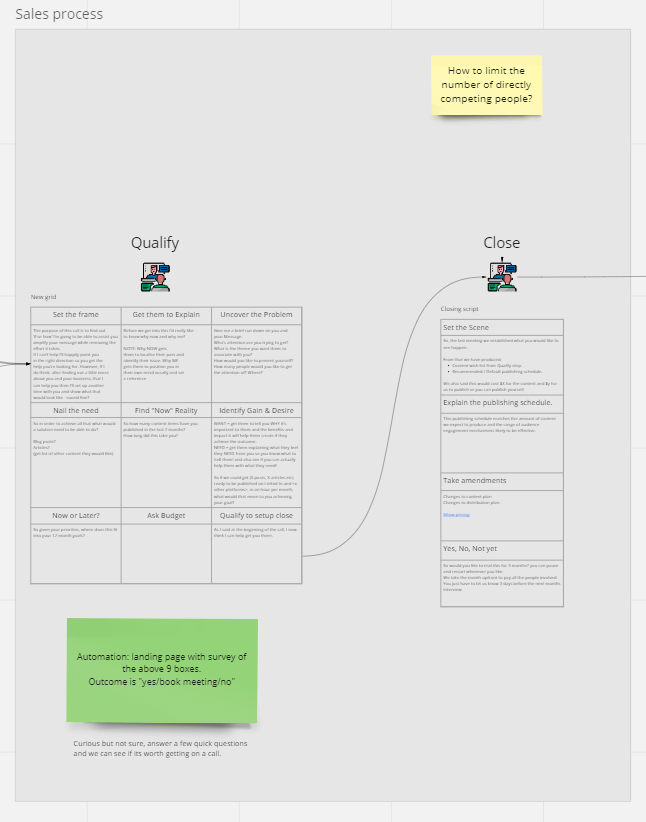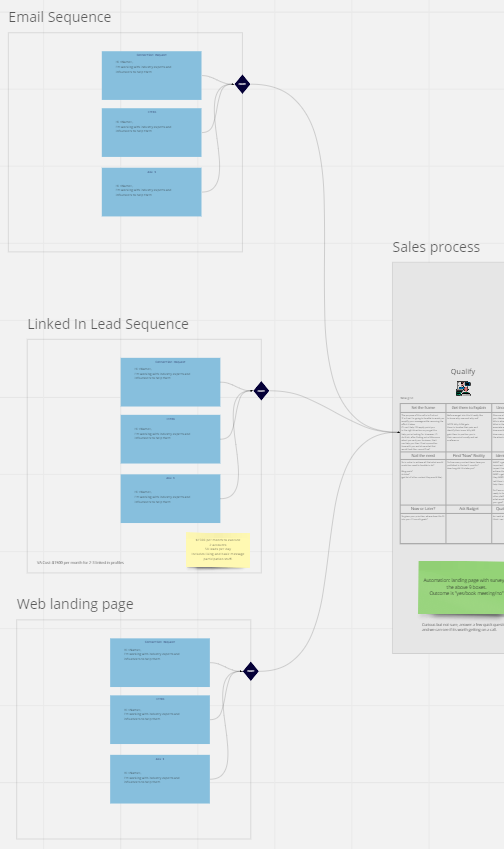The Customer Progression
When documenting your idea, it is crucial to recognize that customers typically progress through a series of stages, from being unaware of your existence to becoming a paying customer.
It is a common misconception among inventors to assume that customers simply appear or effortlessly transition into users of their solution. However, understanding the steps that lead up to customers using and benefiting from your solution is essential.
GigSuper had an awareness problem, their target market didn’t realise they needed to think about super.
So, GigSuper built an entire community around self employed people, teaching them about getting better outcomes from their being self-employed. One of the key outcomes was being able to retire comfortably with a superannuation account that would support them.
This then fed into their Super platform once their prospect had gained enough knowledge, had enough income, they could then sign on to improve their retirement.
The bigger benefit of this community was that GigSuper were setup to not just help with super, but to help an entire self-employed community with a range of financial and other services.
To gain clarity on the customer progression, consider the following approach:
Start with Solution Usage: Begin by examining the point at which customers start using and deriving benefits from your solution. Understand the actions they take and the value they receive once they become active users. This stage represents the ultimate goal, but it's crucial to acknowledge that several preceding steps lead to it.
Trace Backwards: Work backward from the usage stage, identifying the critical milestones that must be achieved for customers to reach that point.
Look at what information you need to setup the client, what agreements and other elements need to be in place so your solution can be successful.
Consider the key actions, interactions, or decisions that precede their usage. This may include signing agreements, making payments, attending face-to-face meetings, subscribing to your website.
Before this can happen they have to become aware of your existence, understand they have a problem, see your solution as the answer to their problem, believe you're the ones to solve it, and agree that the price and time investment is worth paying to have the problem solved.
Step-by-Step Progression: Examine each stage in the customer progression, understanding the prerequisites and activities necessary for customers to move from one stage to the next.
Remember, customers do not magically discover your solution or appear ready to use it. Documenting the marketing and sales pipelines helps you understand the necessary steps, interactions, and touchpoints that guide customers towards becoming paying users. This awareness allows you to develop effective marketing strategies, tailored messaging, and well-defined sales processes that align with the customer's journey.




